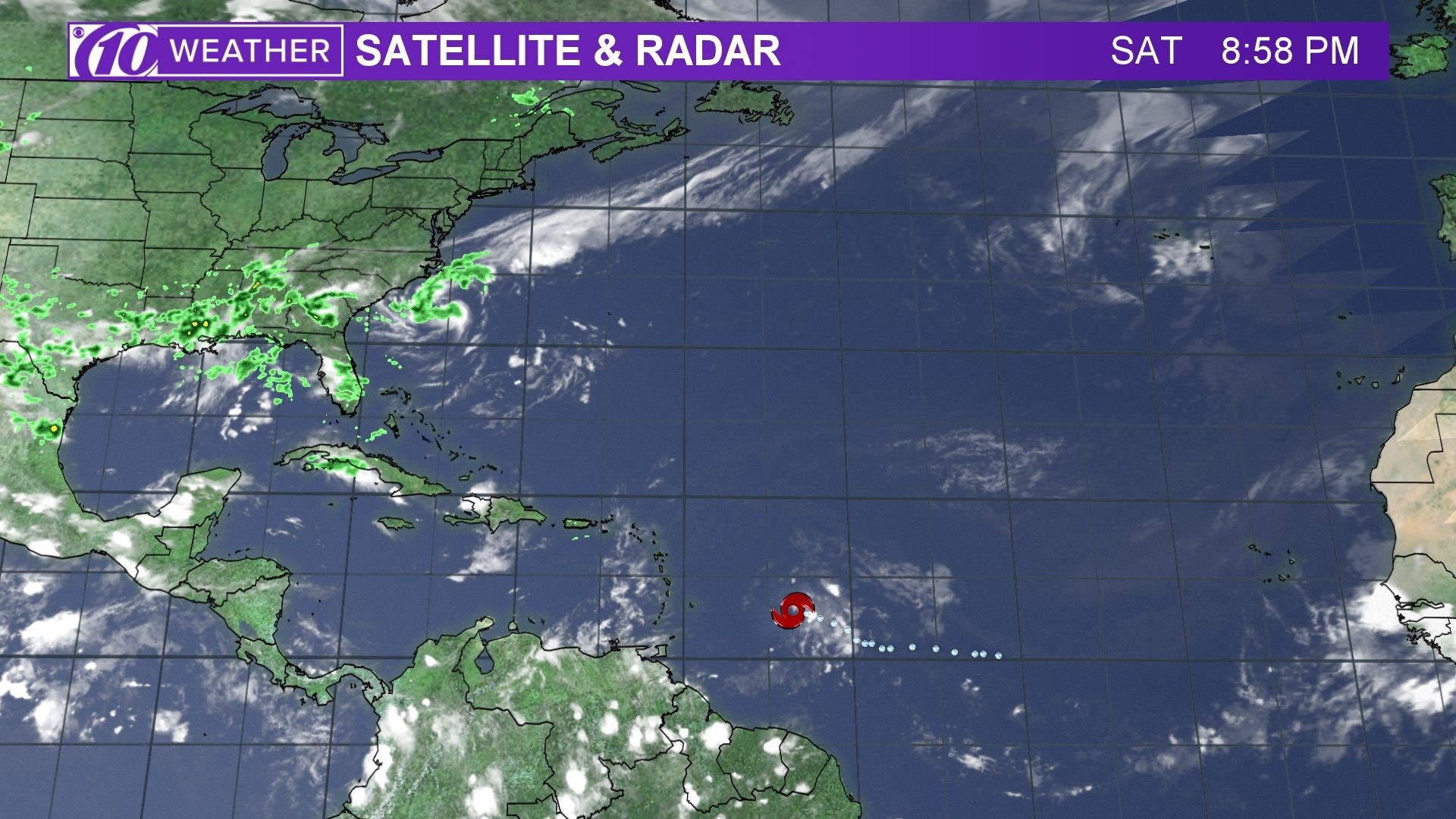Spaghetti Models for Beryl
Spaghetti models for beryl – Spaghetti models are a type of crystal structure model that is used to represent the arrangement of atoms in a crystal. They are made of thin, flexible rods that are connected together at the atoms’ positions. Spaghetti models are often used to study the structure of beryl, a mineral that is composed of beryllium, aluminum, and silicon.
Spaghetti models for beryl are a great way to predict the path of a hurricane. They use a variety of data, including wind speed, atmospheric pressure, and ocean currents, to create a computer model of the storm. This model can then be used to forecast the storm’s track and intensity.
One of the most important factors in forecasting a hurricane’s path is its interaction with land. When a hurricane makes landfall, it can weaken or even dissipate. This is because the land provides friction, which slows down the wind and reduces the storm’s energy.
The location of landmasses, such as puerto rico , can therefore have a significant impact on the path of a hurricane.
Characteristics of Spaghetti Models
Spaghetti models have several distinctive features that make them well-suited for representing the structure of beryl. First, they are very flexible, which allows them to be easily manipulated to show the different orientations of the atoms in the crystal. Second, they are very lightweight, which makes them easy to transport and store. Third, they are very inexpensive, which makes them a cost-effective way to study the structure of beryl.
Spaghetti models are computer simulations used to predict the path of a hurricane. They are called “spaghetti models” because the different simulations are represented by lines that look like spaghetti. For hurricane beryl , the spaghetti models showed that it was likely to pass south of Jamaica.
This was good news for the people of Jamaica, as it meant that they would not be directly hit by the hurricane. The spaghetti models also showed that hurricane beryl was likely to weaken as it moved away from Jamaica.
This was also good news, as it meant that the hurricane would not be as strong when it reached other land areas.
Advantages of Spaghetti Models
Spaghetti models offer several advantages over other methods of representing the structure of beryl. First, they are much more intuitive than other methods, such as ball-and-stick models or space-filling models. This makes them easier to understand and use, even for people who are not familiar with crystallography.
Second, spaghetti models are much more versatile than other methods. They can be used to represent a wide variety of different crystal structures, including those that are very complex. This makes them a valuable tool for researchers who are studying the structure of beryl and other minerals.
Applications of Spaghetti Models in Beryl Analysis

Spaghetti models have emerged as a valuable tool for analyzing beryl, providing insights into its properties and behavior. They have been successfully applied in various case studies, shedding light on the complex characteristics of this mineral.
Case Study: Characterizing Beryl Inclusions, Spaghetti models for beryl
In a study, spaghetti models were used to analyze the inclusions found in beryl crystals. By simulating the growth of beryl around different types of inclusions, the researchers were able to determine the influence of these inclusions on the crystal’s morphology and properties. The results provided valuable information about the formation and evolution of beryl in geological environments.
Insights into Beryl Properties
Spaghetti models have also been used to investigate the mechanical and thermal properties of beryl. By simulating the application of stress or heat to beryl crystals, researchers have gained insights into the material’s response under different conditions. This knowledge is crucial for understanding beryl’s behavior in industrial applications, such as in laser systems or as a gemstone.
Understanding Beryl’s Behavior
Furthermore, spaghetti models have been employed to study the behavior of beryl under dynamic conditions, such as in earthquakes or during volcanic eruptions. By simulating the movement and deformation of beryl crystals under these extreme conditions, researchers have been able to assess the mineral’s stability and resilience. This information is essential for developing strategies to mitigate risks associated with geological hazards.
Limitations and Considerations for Spaghetti Models: Spaghetti Models For Beryl

Spaghetti models are valuable tools in beryl analysis, but they also have limitations and considerations that users should be aware of to ensure accurate and reliable results.
Several factors can affect the accuracy and reliability of spaghetti models, including:
Data Quality
- The quality and completeness of the input data can significantly impact the accuracy of the model.
- Inaccurate or missing data can lead to misleading or unreliable results.
Model Assumptions
- Spaghetti models rely on certain assumptions, such as the linearity of the data and the absence of outliers.
- Violations of these assumptions can affect the accuracy of the model.
Model Complexity
- More complex models may be more accurate but also more difficult to interpret and use.
- Finding a balance between model complexity and interpretability is crucial.
To optimize spaghetti model construction and interpretation, users should:
Recommendations
- Carefully assess the quality and completeness of the input data.
- Check for outliers and missing values that may affect the model’s accuracy.
- Select a model that is appropriate for the data and the intended purpose.
- Validate the model using independent data or cross-validation techniques.
- Interpret the model results cautiously, considering the limitations and assumptions of the model.